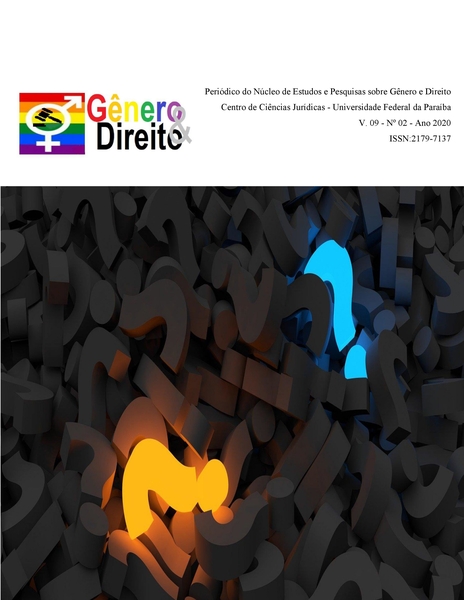ABILITY TO ANIMATE PERSIAN TYPOGRAPHY IN COMPARISON WITH ENGLISH TYPOGRAPHY
DOI:
https://doi.org/10.22478/ufpb.2179-7137.2020v9n2.50778Palavras-chave:
Animation, Persian Typography, English Typography, Motion GraphicResumo
Text is the main component of the animated typography. Moving typography works primarily focus on the visual aspects of the work, but the visual aspect of the text also allows the rules of the text to form which ultimately influence the transmission of the concept of the verbal dimension. The foundations of the visual arts in animated typography, as in other arts, exist in the sense that if the text were to make a structural change, it would undermine its visual dimensions. Understanding the features and dimensions of Persian text in accordance with English text for the purpose of forming animated typography is one of the essentials for acquainting with the visual and visual principles of Persian animated typography. Understanding these rules is effective in creating powerful and dynamic compositions and prevents text alienation in the animation, text was not intrinsically animated, the next move being added to the text. Accordingly, it is necessary to know the principles and principles of animation. The general question of this research is whether from the visual arts perspective, the visual aspect of Persian writing has a place for use in the design of animated typography. If so, what are the differences and commonalities of Persian and English animated typography? This research is a comparative study based on the principles and principles of typography and deals with the similar function of animating English typography. The purpose of this study is to identify the diversity of Persian typography structures for animating and to compare their visual function with English animated typography in order to emphasize the existence of completely different possibilities in the creation of compositions in these two types of writing for animation. It is expected that the study of Persian and English typography and their function in animated layout conclude that attention should be given to the effect of how text is used, the types of face types and their function in the structure of Persian animated typography, as in English animated typography. Also, it affects the power of conveying meaning and sense to the recipient. Overall, the works typified by Persian typography appear to be more structurally diverse than English letters, enabling them to be more dynamic, resulting in a greater variety of sensations in composition and animation
Downloads
Referências
Elhami, David. (April 1352) "The drawbacks of the Latin script are far greater than the Persian type." Journal of Lessons from the School of Islam. No. 4. pp62-65
Derakhshan, Manouchehr (2006) "Latin Line and Typography". Art Moon Magazine. P. 112
Demirchillo, Hoda-Sujoodi, Farzaneh (May 2011) "Semantic Analysis of Persian Typography". Art Moon Magazine. No. 152. Pp. 100-90
Taheri, Azadi (2008). "New Art: The Art of Interaction: Text and Typography: The Tool of Interaction." Statue magazine. No. 128. P. 18
Rezaee Nabard, Amir. (March 2010). Typography Types. Art Moon Magazine. No. 150. P. 47
Taheri, Faiza. Fahimeh Daneshkar. (Fall & Winter 2012). "The Function of the Linear Structure of Persian and Latin Typography Visually" Journal of Comparative Art Studies. number 4 . P. 121
Maroufi, Abraham (December 2006). "Typography Study in Iranian Posters". Art Moon Magazine. Nos. 99 and 100. P. 31.
Tofighi, Abbas. (1991) The Relationship between the Design of Letters and Image in Western Works, a Brief Look at the Design of Islamic Letters and Its Relation to Image. BA in Visual Communication. Tehran Fine Arts University.
Hosseini, Ali Asghar. (2010) Moving Graphics Developments from 1950 From the Perspective of Applied Aesthetics History Master's Degree in Graphics. Tehran Azad University Center.
Darwish, Mehdi. (1386). Movable typography. Undergraduate Thesis Visual Communication. Ferdowsi University of Mashhad.
Sepehr, Massoud. (May 2009) "Contemporary Persian Typography, Challenges and Limitations" (Original Source: Color Magazine Electronic Website)

